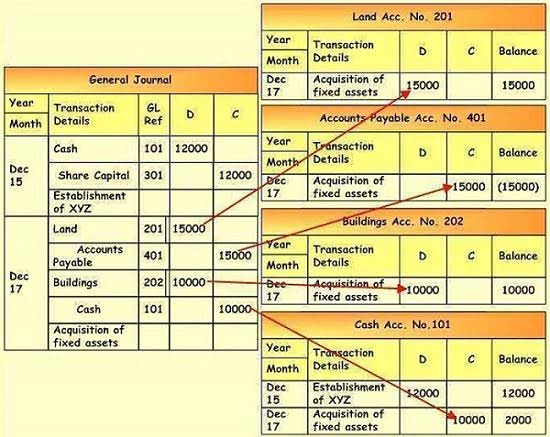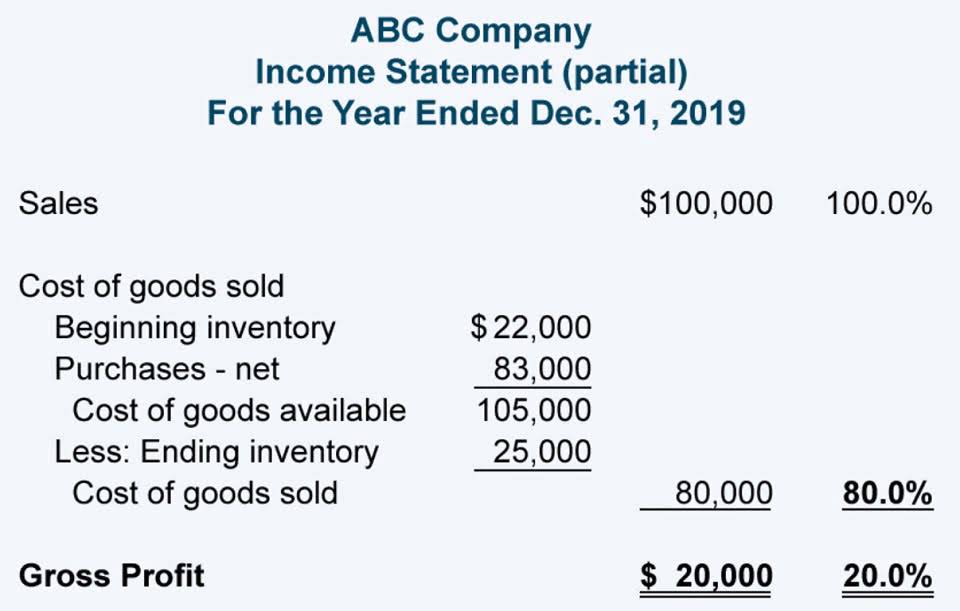
So EBITDA takes net earnings and then adds back each of the other elements, arriving at a broad measure of the company’s cash flow. EBITDA margins can range from 1% to 100%, but they are almost always less than 100%. The margin can only hit 100% if a company had no taxes, depreciation, or amortization for the period you’re calculating. Therefore, if Medical Billing Process your EBITDA margin is higher than 100%, you need to check your accounting records for errors and discrepancies, then recalculate.

What is EBITDA Margin?

Potential investors use EBITDA to compare similarly sized businesses within a specific industry. EBITDA allows investors and valuators to compare one company’s value with its raw earnings in order to make better acquisition decisions. EBITDA excludes many costs, which can make a company appear cheaper than it really is.
- For accounting purposes, it’s not always the most accurate depiction of your company’s financial position.
- EBITDA is a metric that may help investors and others gain valuable insights into a company’s performance.
- Additionally, it excludes taxes, which can vary from one period to the next and are affected by numerous conditions that may not be directly related to a company’s operating results.
- Any estimates based on past performance do not a guarantee future performance, and prior to making any investment you should discuss your specific investment needs or seek advice from a qualified professional.
- Depreciation and amortisation are excluded, but these often represent significant capital investments.
Key Takeaways

For instance, if an investor is looking at two potential acquisitions, they might prefer the one with higher EBITDA, as it shows better cash flow generation. EBITDA is often used in financial ratios, like the EV/EBITDA ratio (enterprise value divided by EBITDA). EBITDA is not recognized by Generally Accepted Accounting Principles (GAAP). They may also show adjusted EBITDA, which excludes extra costs like stock-based compensation. Working capital trends play a vital role in determining how much cash a firm generates.
How to Calculate EBITDA

EBITDA what is ebitda focuses on the cash profits generated by the company’s main operations by excluding these factors. EBITDA is what’s left after subtracting operating expenses (but before subtracting interest, taxes, depreciation, and amortization). Revenue is the top line — EBITDA is a more refined look at profitability.
- As a widely-used business valuation metric, EBITDA presents significant benefits for owners, analysts and acquirers in presenting a fair reflection of a company’s value.
- If you take depreciation and amortization from the cash flow statement, be careful there are no impairments embedded, as you might have already adjusted for these in the non-recurring items.
- Investors love EBITDA because it’s a go-to metric for valuing a business.
- Companies with a large debt liability may appear more profitable than they actually are when purely looking at EBITDA margin.
- The example below helps explain why relying solely on EBITDA can be a mistake.
- As its name implies, it adds back interest, taxes, depreciation, and amortization from a company’s net income.
- EBITDA is how many people determine business value as it places the focus on the financial outcome of operating decisions.
- You should analyze EBITDA trends over time, rather than relying on a sole figure.
- Most small businesses file their taxes as a pass-through entity or on the owner’s personal tax return.
- And without standardization, if you try to compare the values, the result would be chaos and confusion from misalignment.
- This is because it lacks the ability to account for a company naturally losing some value over time due to interest, taxes and depreciation.
It’s a financial metric that’s used to evaluate a company’s financial performance by focusing on its core profitability. EBITDA is a widely used financial metric that offers valuable insights into a company’s operating performance by focusing on earnings from core business activities. By considering EBITDA alongside other financial metrics, stakeholders can gain a more comprehensive understanding of a company’s financial health and make more informed decisions. EBITDA is a valuable piece of the financial puzzle but should not be viewed in isolation. Since a buyout would likely entail a change in the capital structure and tax liabilities, it made sense to exclude the interest and tax expense from earnings. As non-cash costs, depreciation and amortization expense would adjusting entries not affect the company’s ability to service that debt, at least in the near term.

EBITDA Margin
He has worked with International Saas and Fintech/Payment processing companies (as a freelance content contributor and ghostwrites blog posts). ShaharYar has been creating content for Marketing Tutor since January 1, 2021 and Orchid Homes Real Estate since January 2023. If a company that hasn’t used EBITDA before suddenly starts using it, this can be a warning sign.





